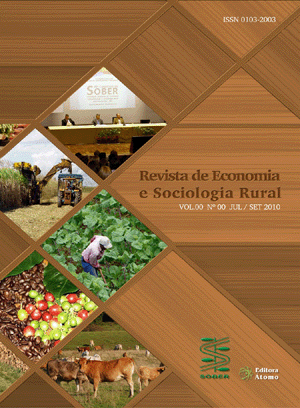Abstract
The article aims to verify whether there is hyper-concentration of spending at the end of the fiscal year in the Ministry of Agriculture, Livestock and Supply (MAPA) and to discuss the potential impacts of this phenomenon on the quality of spending in the field of public agricultural policies. In the first instance, the average monthly spending of all the agreements signed by MAPA between 2010-2023 was calculated and divided by the average annual monthly spending level, and in the second, interviews were conducted with federal public managers. The results show that although there is no generalized hyper-concentration of spending at the end of the fiscal year, there is a significant concentration of agreements signed. The qualitative analysis highlighted procedural obstacles such as spending contingencies, party political influence in the process of signing agreements, as well as institutional pressure to sign in December, so as not to lose the resource at the end of the fiscal year. The conclusion is that the incentives offered to federal public managers are aimed at executing the budget at any cost, so as not to penalize the body the following year, and that this type of arrangement does not contribute to an environment that favors evidence-based decisions and, consequently, an improvement in the quality of public spending.
Keywords:
year-end spending spikes; public agricultural policies; voluntary transfers from the Union; quality of public spending

 Thumbnail
Thumbnail
 Thumbnail
Thumbnail

